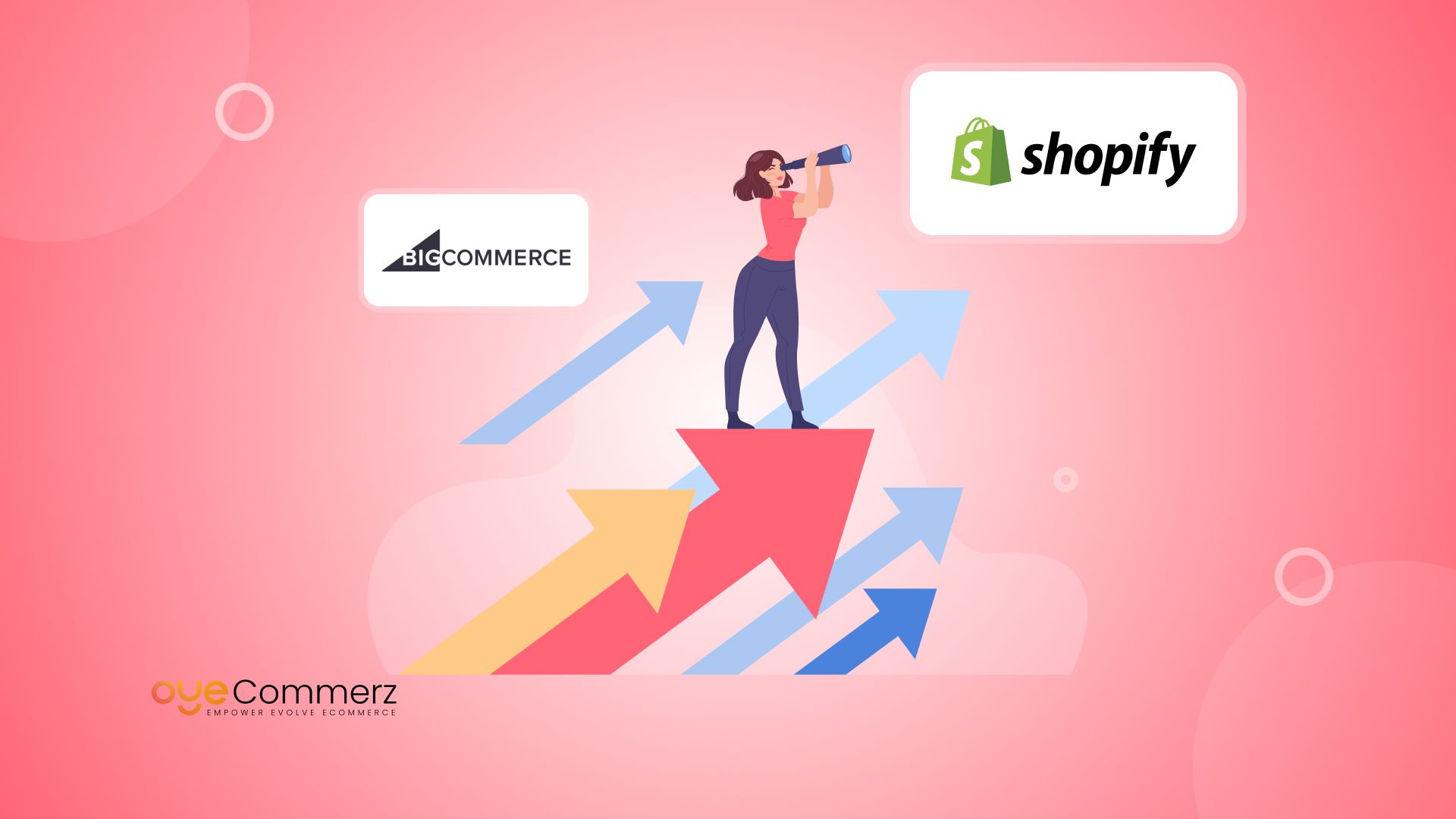Effortless Transition from WordPress to Shopify: A Comprehensive Roadmap for E-commerce Growth
Effortless Transition from WordPress to Shopify: A Comprehensive Roadmap for E-commerce Growth
Blog Article
Shifting from WordPress to Shopify marks an promising step in optimizing your online store processes. As companies expand, selecting a solution that supports scalability, UX, and customization is essential. Shopify has emerged as a favorite for e-commerce professionals, offering superior flexibility, data protection, and user-friendliness. In this guide, we’ll explore the transformative impact of this migration, discuss the advantages, and provide actionable steps to ensure a seamless move.
1. Top Reasons to Transition from WP to Shopify
WordPress, paired with WooCommerce, continues to support countless e-commerce platforms. However, as businesses expand, issues like plugin dependency, security vulnerabilities, and complex setups often obstruct progress. Shopify, designed explicitly for digital retail, addresses these issues with an all-in-one, intuitive platform. Real data back this shift—Shopify powers over 4.4 million stores globally, with a reported 10% increase in sales conversion rates for many businesses post-switch.
2. Shopify's Perks for Thriving Online Stores
Shopify’s powerful platform is tailored for expanding brands. Its standout benefits include:
- Seamless Customization: Shopify provides over 80 professionally designed themes.
- Integrated Tools: Capabilities such as Shopify Payments and built-in SEO streamline operations.
- International Expansion: Multi-currency support and regional customization enable businesses to reach global markets.
Additionally, Shopify delivers an uptime rate of 99.98%, guaranteeing your website remains accessible.
3. Preparing for WordPress to Shopify Migration
Prior to starting the migration process, evaluate your current store. Review inventory details, customer details, and search engine rankings. Resources such as Shopify’s Migration Kit or third-party solutions can simplify this process. Create a detailed strategy, ensuring all resources—item details, images, and blog content—are ready for seamless import.
4. The Importance of Accurate Data Migration
Data migration forms the foundation for a successful platform switch. When migrating from WordPress to Shopify, prioritize:
- Inventory Details: SKU, descriptions, and categories.
- Customer Data: Emails, order history, and custom fields.
- SEO Optimization: Retain meta tags, URLs, and forwarding paths to maintain search rankings.
Leverage apps like LitExtension to streamline data transfer while minimizing errors.
5. Customizing Your Shopify Store
Post-migration, personalizing your Shopify store ensures it reflects your brand. Take advantage of Shopify’s drag-and-drop editor to create layouts with ease. Shopify's themes are mobile-responsive, ensuring a smooth user experience across devices—a critical factor, given 74% of online shopping comes from mobile visitors.
6. Maintaining SEO During Migration
SEO is vital for maintaining your visibility during migration. Shopify excels in SEO with clean URL structures, built-in optimization tools, and smooth content management. Ensure:
- Set up URL forwarding for existing links.
- Optimize new pages with targeted phrases.
- Leverage plugins like Plug WooCommerce alternative Shopify in SEO to track analytics post-migration.
7. Essential Tests After Migrating to Shopify
After finishing the transfer, conduct thorough testing.
Check: - Website speed (Shopify boasts faster speeds in contrast with WP).
- Payment integration reliability and checkout processes.
- Adaptability across E-commerce website migration devices.
Testing guarantees your store delivers a seamless shopping experience from the start.
8. Case Study of a Successful Migration
One such migration success story is Gymshark, a fitness apparel brand that transitioned to Shopify. Post-migration, the company experienced a 60% boost in mobile sales and significantly lowered site downtime. This showcases the capabilities of Shopify in enhancing e-commerce growth.
9. Overcoming Common Migration Issues
Migration is not without obstacles, such as data integrity and reconfiguring custom functionalities. However, Shopify’s extensive assistance and third-party experts simplify the process. Collaborating with qualified Shopify developers helps guarantee a smooth transition.
10. Making the Switch: The First Step Toward Success
Migrating from WP to Shopify marks a strategic decision to online retail. By addressing scalability, streamlining operations, and improving buyer satisfaction, Shopify empowers businesses to thrive in challenging industries.
Final Thoughts
Transitioning from WP to Shopify offers a smart solution that can greatly enhance your online business performance. With a robust migration plan, the appropriate resources, and expert support, you can achieve new growth opportunities.
Excited to start the journey? Reach out today to learn how our Shopify migration services can revolutionize your online store. Contact us now, or consider: Is it time to seize Shopify’s advantages for your store?
 Report this page
Report this page